No products in the cart.
Great news! The Canada Post strike is over! We’re resuming deliveries to Canada!
Excellente nouvelle ! La grève de Postes Canada est terminée ! Nous reprenons les livraisons vers le Canada !
Great news! The Canada Post strike is over! We’re resuming deliveries to Canada!
Excellente nouvelle ! La grève de Postes Canada est terminée ! Nous reprenons les livraisons vers le Canada !

Aurobin ointment tube 20 g
$22.08
Free Worldwide Shipping
Estimated delivery:
14 - 21 days
Categories: Hemorrhoids
Brand: Gedeon Richter
Aurobin is a combined drug, which in the optimal ratio includes active substances that are effective in the treatment of inflammatory processes and pain localized in the perianal area.
Pharmacological properties
Pharmacodynamics. Aurobin is a combined drug, which in the optimal ratio includes active substances that are effective in the treatment of inflammatory processes and pain localized in the perianal area. Prednisolone capronate is a non-halogenated glucocorticoid with local anti-inflammatory action. Reduces vascular permeability, increases the tone of the vascular walls, reduces the severity of symptoms of inflammation. Lidocaine eliminates pain and burning sensation in a short time. Dexpanthenol promotes the regeneration of the affected epithelium and mucous membranes.
Pharmacokinetics. Pharmacokinetic studies with the ointment have not been conducted. The active substances of the drug have mainly a local effect. When applied topically, prednisolone can be absorbed and cause a systemic effect. Prednisolone is rapidly distributed in all tissues of the body. It binds strongly to blood plasma proteins. It is excreted in the urine in the form of conjugates. Prednisolone quickly crosses the placenta and penetrates into breast milk.
Lidocaine is well absorbed from the mucous membrane and affected skin. It binds strongly to blood plasma proteins. T ½ of lidocaine from blood plasma is 1-2 hours. It is metabolized in the liver. Impaired renal function does not affect the excretion of the parent substance, but may lead to the accumulation of its active metabolite. Penetrates the placenta, the blood-brain barrier and into breast milk.
Indication
Processes accompanied by inflammation of the perianal area: itching, eczema and dermatitis of the perianal area, hemorrhoids, anal fissures.
Application
For external use only.
Avoid using the ointment for a long time and on a large surface of the skin, regardless of the patient’s age.
Use under an occlusive dressing is not recommended.
Adults and elderly patients. The ointment is applied in a thin layer to the affected area 2-4 times a day. When the symptoms subside, the ointment is used less often. The duration of therapy should not exceed 5-7 days.
Children. Children over 1 year of age should only be given the drug in exceptional cases and in the minimum dose required to achieve a therapeutic effect, and no more than 2 times a day. The duration of treatment for children should not exceed 5 days.
Contraindication
Hypersensitivity (allergy) to one of the active substances or any of the excipients of the drug. Hypersensitivity to other local anesthetics of the amide type (e.g. bupivacaine, etidocaine, mepivacaine and prilocaine). Treatment of the eyes or periocular area. Primary bacterial, viral or fungal skin lesions, including herpes simplex. Rosacea on the face, common acne, perioral dermatitis or diaper rash, skin tuberculosis, skin manifestations of syphilis, dryness, peeling of the skin. Simultaneous treatment with lidocaine for other indications. Skin tumors. Cushing’s syndrome. Vaccination period. Children under 1 year of age. I trimester of pregnancy.
Side effects
Topical treatment with glucocorticoids may cause local side effects.
With prolonged topical use or application to large skin surfaces, suppression of the function of the adrenal cortex is possible. This is especially often noted when the ointment is used in children or under occlusive dressings. Protein catabolism can lead to a negative nitrogen balance.
Absorption of large amounts of lidocaine after topical application may lead to stimulation and/or depression of CNS function.
Depending on the amount of glucocorticoid and lidocaine absorbed, the side effects listed below may occur.
Infections and invasions: activation of subclinical infections, masking of manifestations of infections, opportunistic infections;
from the immune system: hypersensitivity reactions;
from the endocrine system: suppression of the function of the adrenal cortex, hypercorticism (as a manifestation of the resorptive effect of prednisolone);
nutritional and metabolic disorders: hypokalemic alkalosis, sodium and fluid retention in the body, hypokalemia;
mental disorders: insomnia, mental disorders;
from the central nervous system: convulsions, dizziness, headache, increased intracranial pressure;
From the organ of vision: cataract (the likelihood of developing cataracts is higher in children), subcapsular cataracts, exophthalmos, glaucoma, optic disc edema, corneal ulcer.
from the cardiovascular system: heart failure, cardiac conduction disorders, hypertension, peripheral vasodilation;
from the digestive system: gastric bleeding, gastrointestinal bleeding, perforation of the gastrointestinal tract, esophagitis, pancreatitis, peptic ulcer;
Skin and subcutaneous tissue disorders: dermatitis, folliculitis at the site of application, acne-like rash (steroid acne), contact dermatitis, dryness, thinning and tenderness of the skin; erythema, rash, urticaria, hirsutism, hyperhidrosis, diaper rash, itching, skin atrophy, hypopigmentation, skin irritation, striae, telangiectasia, skin burning, purpura;
from the musculoskeletal system: growth retardation, steroid myopathy, osteonecrosis, osteoporosis;
systemic disorders: slow wound healing;
laboratory indicators: increased intraocular pressure, negative nitrogen balance, slowed reactions to skin tests.
Special instructions
If skin irritation or allergic reactions occur, the use of the drug should be discontinued immediately and appropriate symptomatic therapy should be initiated. To avoid local or general toxicity of the drug, the drug should not be used on large affected skin surfaces, in skin folds, under occlusive dressings and/or for prolonged periods.
With prolonged use on the same skin surface, the drug may cause skin atrophy, especially in young patients.
The drug should be used with extreme caution in the presence of cataracts, diabetes mellitus, glaucoma, tuberculosis or anemia, as well as in the presence of suppression of the hypothalamic-pituitary system caused by glucocorticoids.
Use with caution in patients with severe heart failure, renal and hepatic failure.
Caution is required when treating patients with a weakened or potentially weakened immune system (including AIDS or HIV infection).
Use during pregnancy and breastfeeding. The drug is contraindicated in the first trimester of pregnancy. When prescribing the drug in the second and third trimesters of pregnancy, it is necessary to carefully assess the benefit/risk ratio.
Glucocorticoids and lidocaine pass into breast milk. Thus, glucocorticoids may affect the function of the adrenal cortex of the newborn and cause growth retardation. Small amounts of lidocaine are found in breast milk. Although in practice this does not pose any risk to the child, increased caution is required when using the drug during breastfeeding.
Children. The ointment is contraindicated in children under 1 year of age.
Ability to influence the reaction rate when driving vehicles or working with other mechanisms. The potential effect on the ability to drive vehicles or work with other mechanisms has not been studied, but the possibility of developing adverse reactions from the central nervous system and the organ of vision should be taken into account.
Interactions
Interaction studies with the use of Aurobin ointment have not been conducted.
The drug should not be used simultaneously with lidocaine due to other indications.
Concomitant use with other antiarrhythmic agents requires caution.
MAO inhibitors enhance the local analgesic effect of lidocaine.
Overdose
May manifest as local or systemic symptoms depending on the amount of glucocorticoid and lidocaine absorbed. There is no specific antidote. Supportive therapy should be provided.
Storage conditions
At a temperature of 8-15 °C.
Be the first to review “Aurobin ointment tube 20 g” Cancel reply

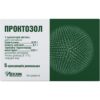
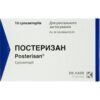
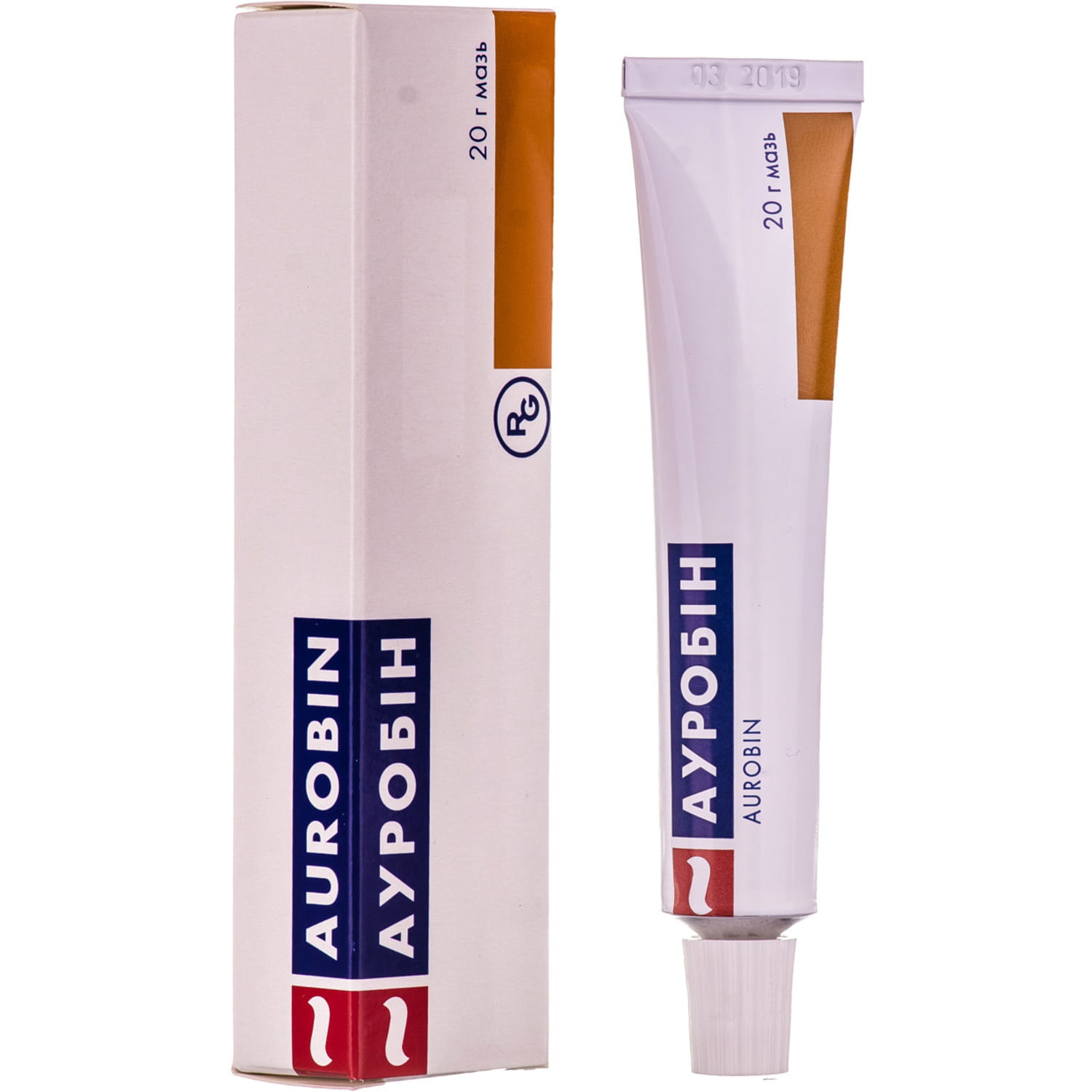
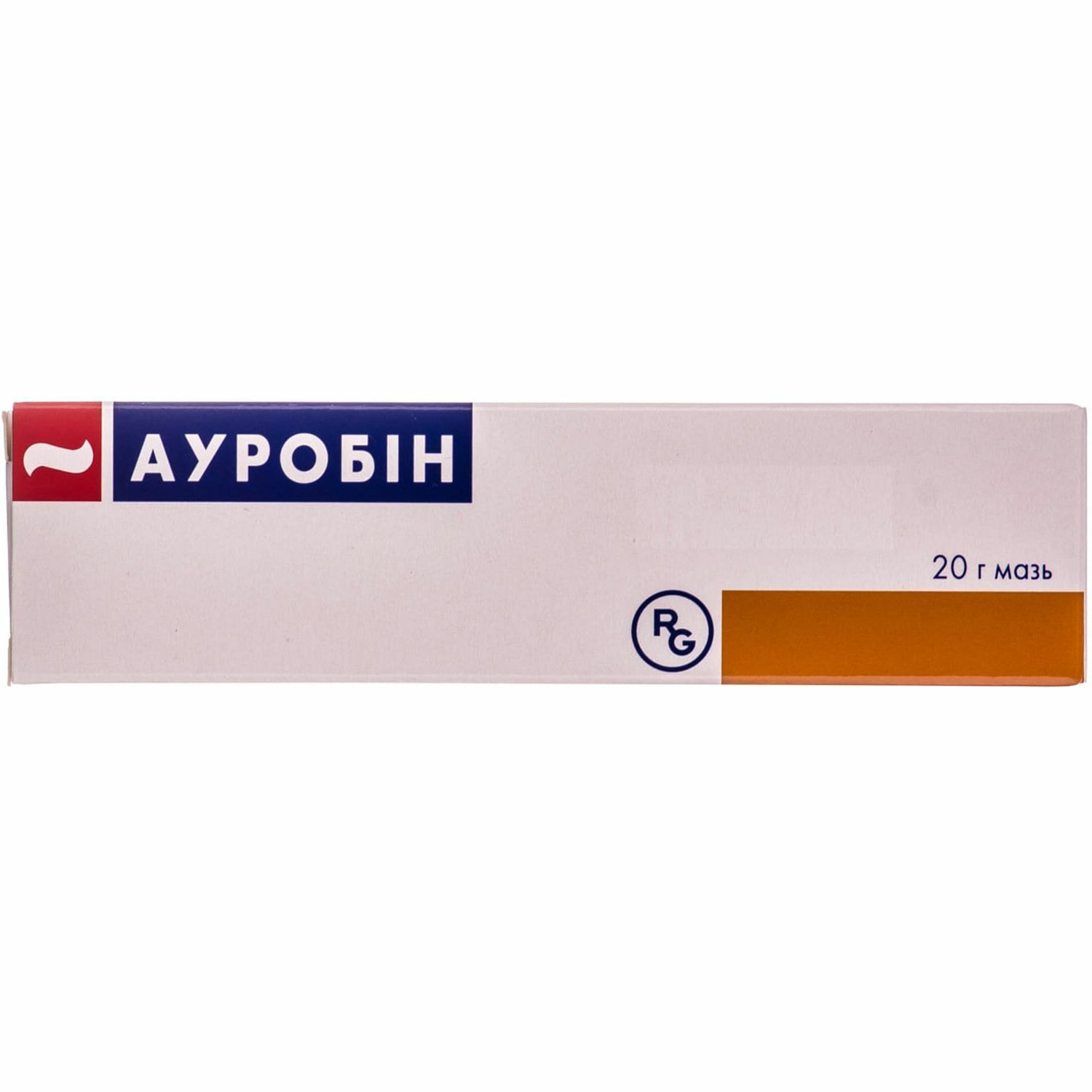
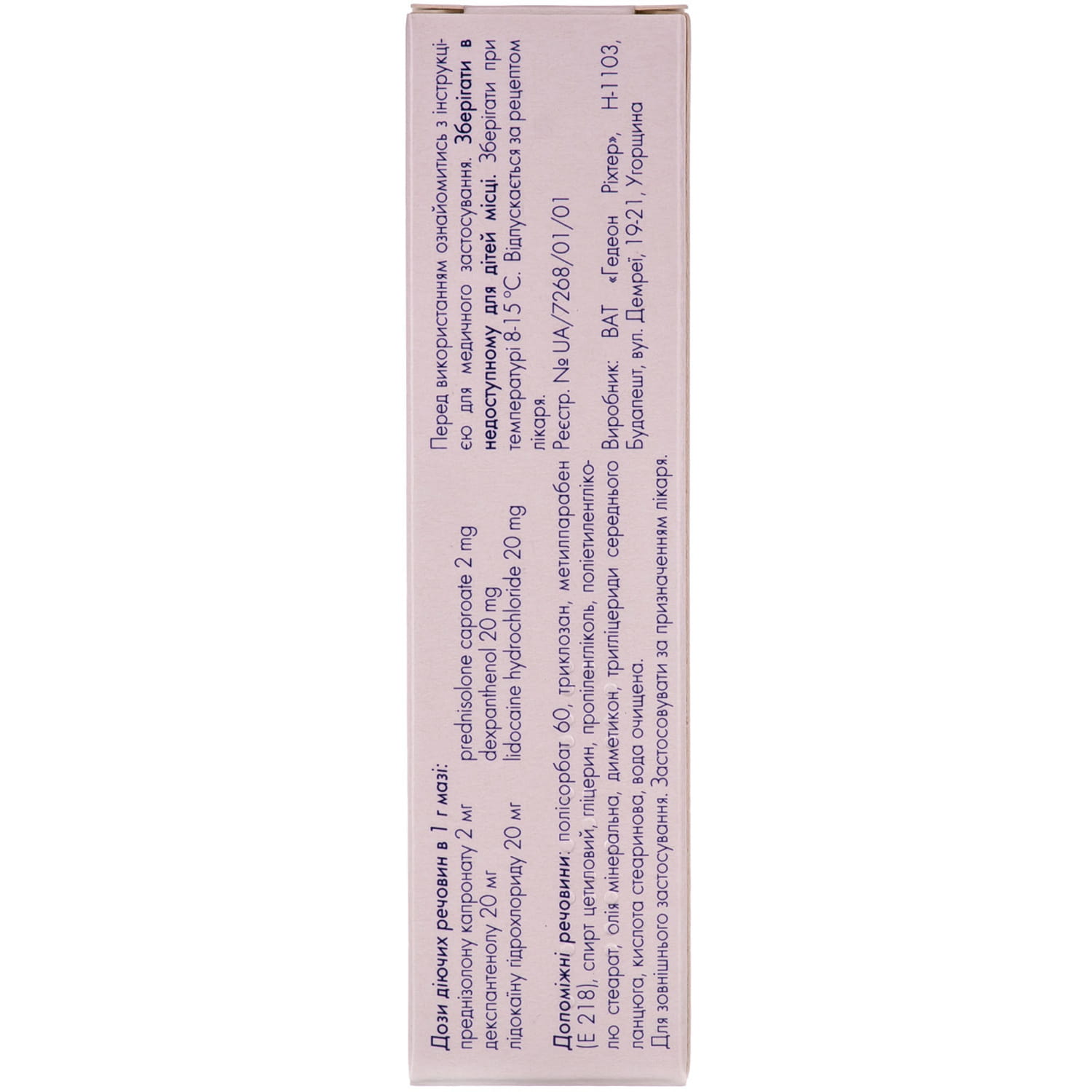
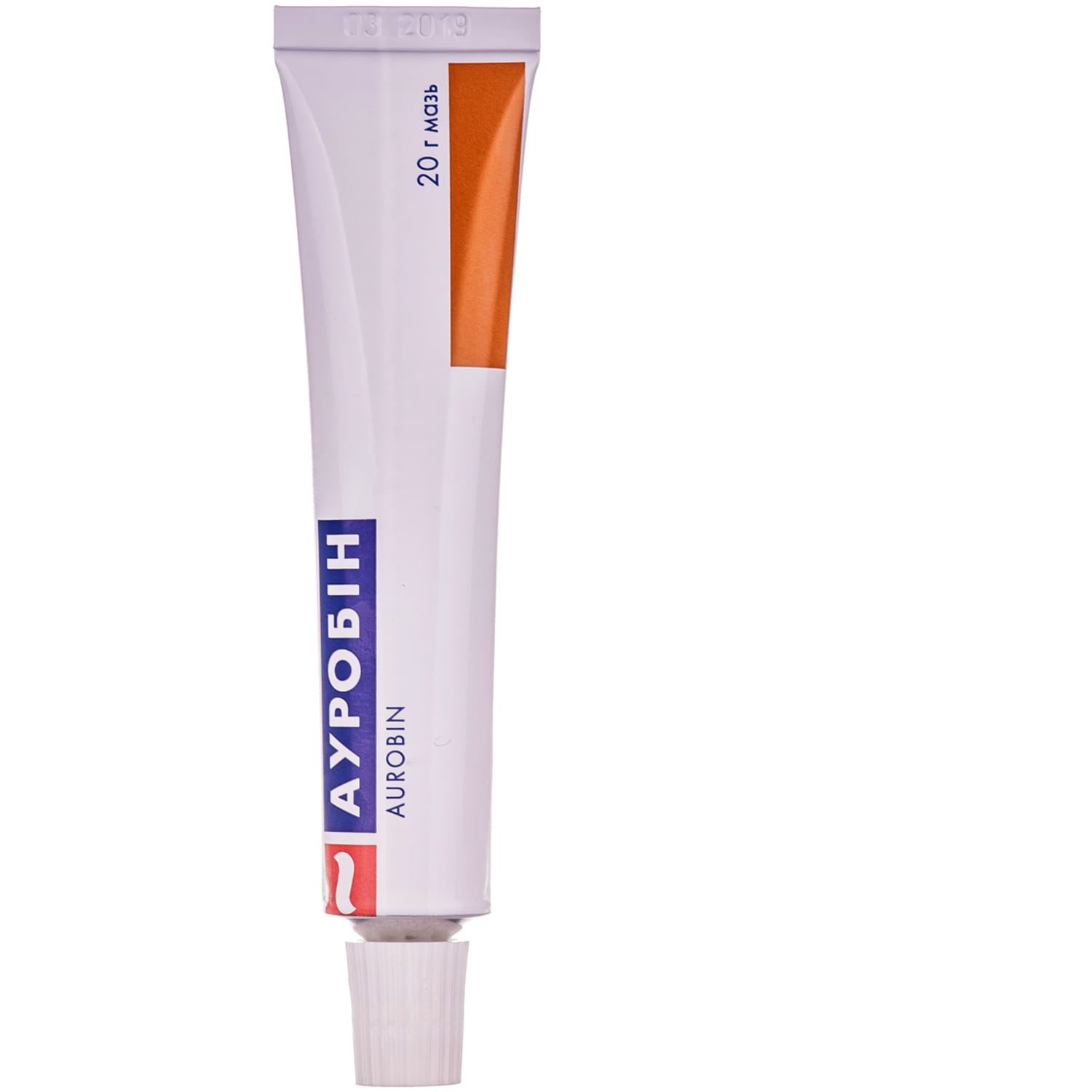

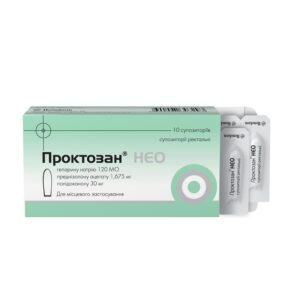
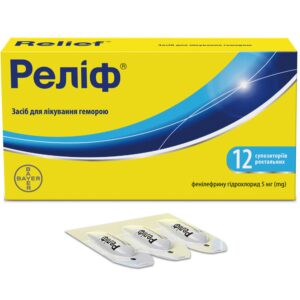
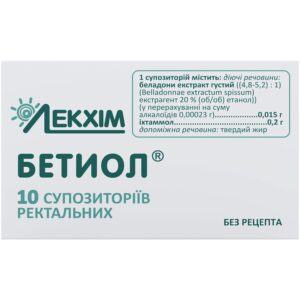
Reviews
There are no reviews yet.